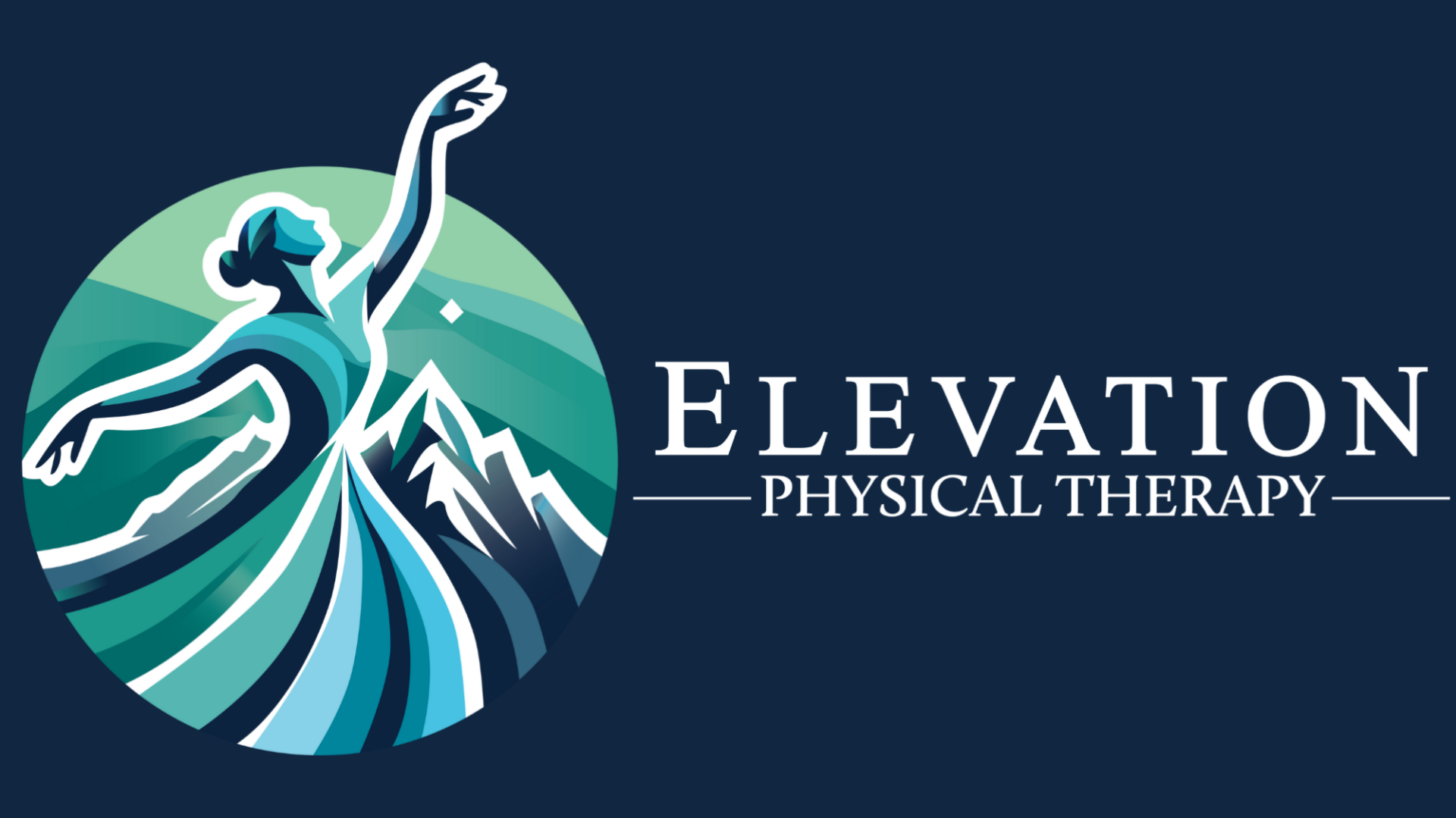Keys to successful turnout
What do I mean by successful turnout? This is turnout that begins at the hip, is not forced by the friction of the floor, and includes proper alignment all the way down the leg. There are two key components to achieving more turnout. Notice that I am not saying to achieve 180 degree turnout. Every person is blessed with different anatomy and this means that each person's turnout is going to look a little different. However, wouldn't you like to know that you're reaching your full potential?
In this blog I will discuss both mobility and stability at the hip as these are the two most important aspects of your turnout. I have treated many dancers who have close to "perfect" turnout, but when they stand up they cannot use all of it because they are lacking the proper strength. Conversely, some dancers have excellent strength in their rotators, but are lacking the movement or mobility at the hip. Let's look at some examples of this and learn what to do in each of these scenarios.
Mobility of the hip
Mobility is the overall range of motion that the hip holds. This is a combination of muscle/tendon length and mobility of the capsule that surrounds the hip joint. Of course we cannot leave out that the boney structures of the hip also determine how much mobility the hip will have, however, this cannot be changed except through surgery and will differ from person to person. Increased tightness in the muscles involved in rotating the leg inward, or the internal rotators, will cause a lack of ability to turn the leg out. If the muscles that are responsible for turning the leg out, or externally rotating, are also too tight, these muscles are not able to work properly because they are already too short and cannot be used properly. Both of these areas can be addressed with the following two exercises.
Both of these exercises are extremely important for proper mobility at the hip and should be done in conjunction with strengthening exercises which is the next important attribute for better turnout.
Strength in the rotators of the hip (turnout muscles)
Like I said before, I find all too often that a dancer's turnout muscles are very weak because they are relying on the friction of the floor to help them get into that "perfect" first position. But what happens when the leg is elevated and the help of friction goes away? When dancers use the friction of the floor to "force" their turnout, the consequences can be catastrophic. This leads to another very important topic that I will discuss in detail in a future blog, but the most important thing to remember is that alignment is key. If the center of the knee does not face in the direction of the second toe when in a turned out position, this puts increased stress on the ankles and knees causing pain and possible injury if not corrected.
Below are just a few of many very important exercises that will help to strengthen your turnout muscles and can even help you gain more turnout. When done properly and combined with the practice of good technique, these exercises can make an enormous difference in the overall look of a dancer.
For all of these exercises it is best to perform at least 5 times a week to get the most out of them and to be able to build on your progress. For more exercises go to http://www.hollyburnsdancept.com/exercises and find your favorite ones to do before class!
I look forward to hearing from you and even seeing some before and after pictures of your turnout. If you are experiencing any pain or have any issues performing these exercises please contact a physical therapist or other medical professional with any questions.

